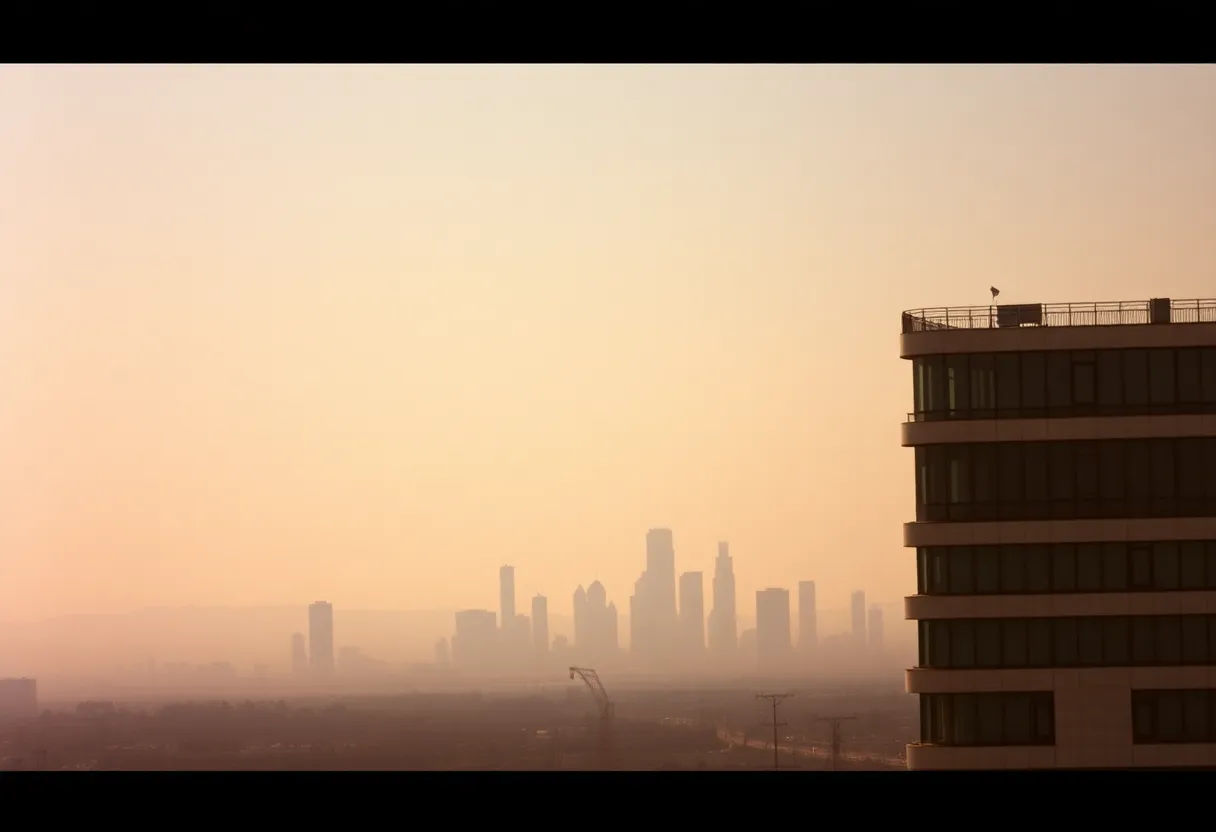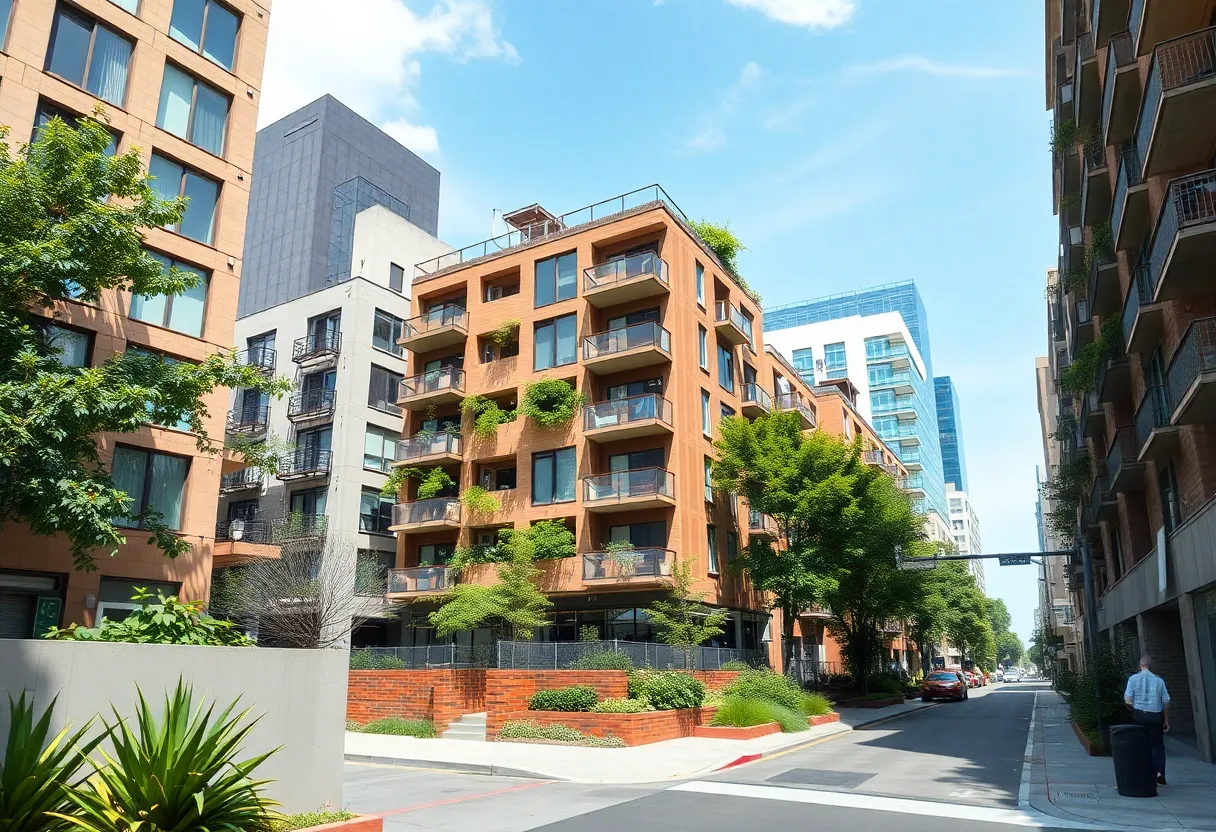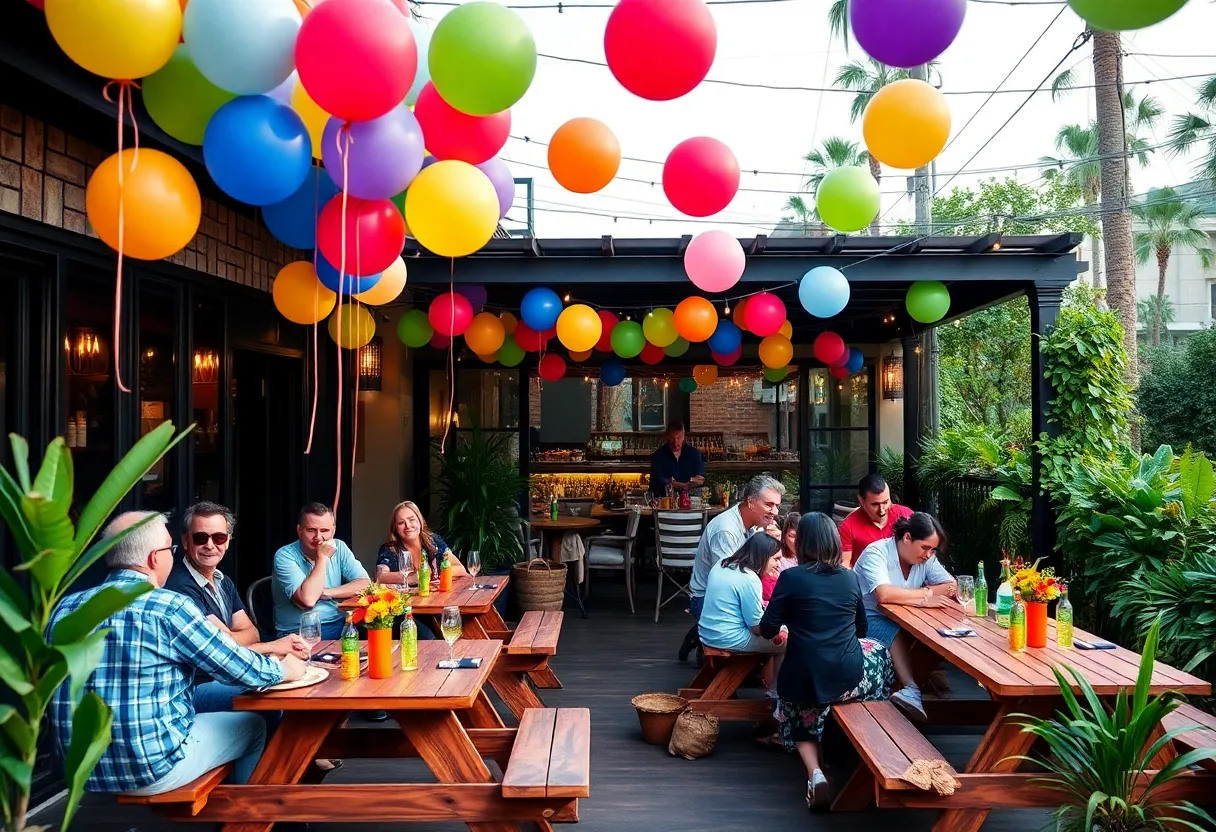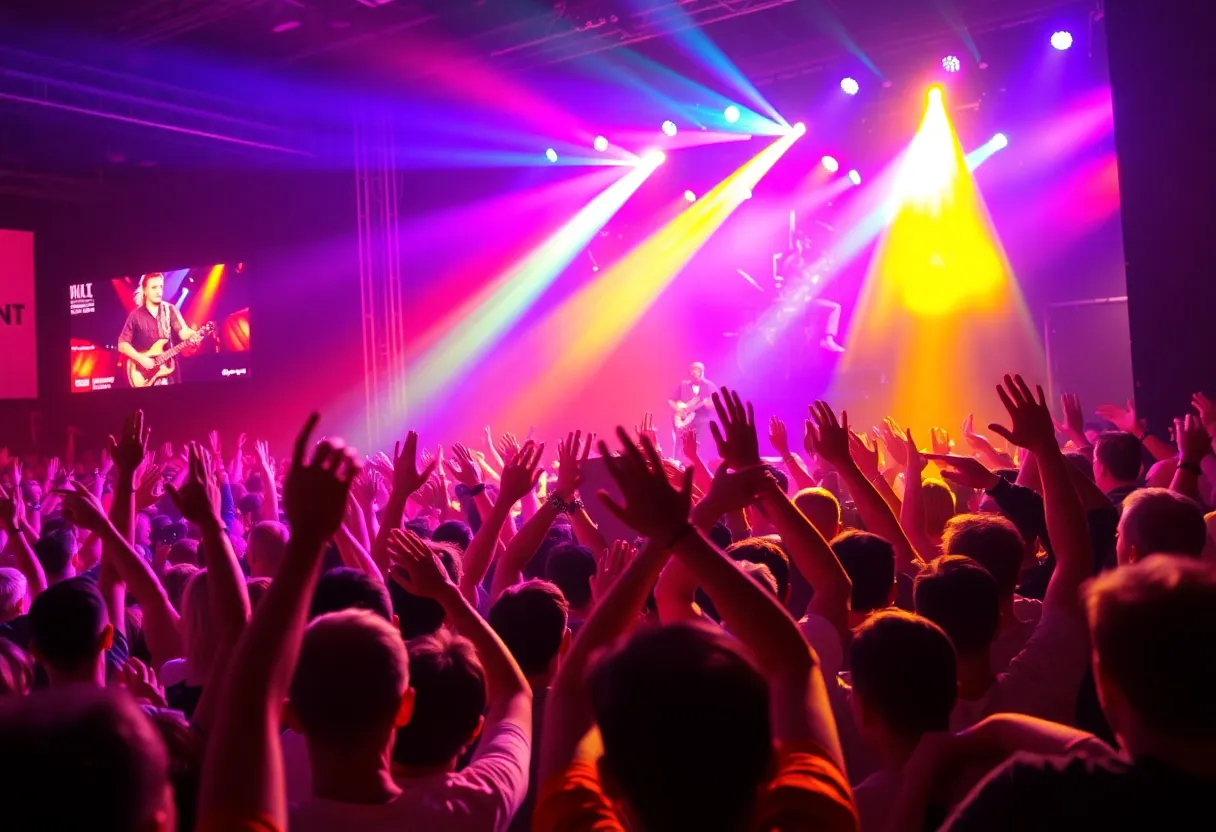News Summary
Los Angeles commemorates the 80th anniversary of its first significant smog event, which left residents panicked. This crisis revealed deep environmental issues and led to essential changes in air quality policies. While significant progress has been made since the 1970s, the city remains the smoggiest in the U.S. Concerns about air pollution persist with ongoing regulatory efforts and challenges from both local activities and federal regulations. The city aims for virtually zero smog days by 2031, reflecting its commitment to improving air quality.
Los Angeles is marking the 80th anniversary of its first major smog event, which occurred on July 8, 1943, when the air quality crisis left residents in a state of panic and confusion. Initial fears led many to suspect a chemical warfare attack during World War II, prompting the public to wear gas masks in the streets. This event, rather than being a mere atmospheric anomaly, signaled a growing environmental crisis that would come to define the city.
The Los Angeles Times referred to the phenomenon as the “daylight dim out,” describing the air as a “dirty, gray washcloth fog” that was not just visually displeasing but also tasted and smelled offensive. By 1955, one of the city’s smoggiest days led to serious discussions about shutting down local oil refineries and enforcing restrictions on vehicle use, highlighting the escalating concerns among officials regarding air quality.
Significant strides in understanding the origins of smog came in the early 1950s, particularly through the work of Caltech scientist Arie Haagen-Smit. In 1952, Haagen-Smit revealed that automobile emissions were the primary cause of smog, overturning earlier beliefs that sulfur or butadiene were responsible. Despite initially facing skepticism and ridicule, his findings eventually gained traction, leading to greater public awareness of the pollution caused by vehicles.
The situation in Los Angeles has evolved dramatically since those early days. Current air quality data indicate that there has been significant progress made since the 1970s, with the number of days that exceed federal ozone standards dramatically decreasing. However, Los Angeles continues to hold the title of the smoggiest city in the United States for 25 of the past 26 years, according to the American Lung Association.
While improvements are evident, the struggle against air pollution in the region endures. Notably, harmful PM2.5 pollution has been exacerbated by seasonal activities such as Fourth of July fireworks, contributing to spikes in poor air quality. As of 2023, despite advancements, Los Angeles aims to reach virtually zero smog days by 2031, underscoring the ongoing commitment to combat air pollution.
The challenges are stark. Approximately 34.3 million Californians reside in areas where air quality ratings fail at least one federal standard, with 22.9 million enduring regions with three failing grades. Regulatory efforts by the California Air Resources Board are in place, enforcing strict emissions regulations. Nonetheless, transportation remains the most significant source of pollution in urban settings, complicating efforts toward improvement.
Additional hurdles are presented by prospective changes to federal regulations regarding emissions standards. These changes could slow the progress made in air quality improvement, raising concerns among environmentalists and public health advocates.
In a unique twist of history, vintage cans labeled “Genuine Los Angeles Smog,” originally marketed as humorous collectibles in 1957, remain sought after today, serving as a stark reminder of the city’s battle with air quality. Such artifacts highlight the once-accepted notion of smog as an inevitable aspect of Los Angeles life, a belief that has faced significant challenge over the decades.
As Los Angeles commemorates this milestone, the city reflects on its past while acknowledging the ongoing efforts necessary to combat air quality issues. The intersection of public health, environmental policy, and daily urban life remains a critical focal point as stakeholders work together to ensure a healthier future for its residents.
Deeper Dive: News & Info About This Topic
HERE Resources
The Revival of Vintage ‘Genuine Los Angeles Smog’ Cans
Exploring the Diverse Dining Scene in Los Angeles
Southern California Theater Scene Heats Up with Upcoming Productions
Los Angeles Faces Psychological Impact of Wildfires
Los Angeles Revisits Historic Smog Challenges
Senate Votes to Revoke California’s Vehicle Emissions Waivers
Senate Revokes California’s Petrol-Only Vehicle Ban
Explore the Diverse Dining Scene in Los Angeles
Ontario Ranks as the Most Polluted City in America
Additional Resources
- Los Angeles Times: Smoggiest City Title
- Google Search: Los Angeles smog history
- NBC Los Angeles: Still the Smoggiest City
- Google Scholar: California smog regulations
- LAist: Happy Smogiversary
- Encyclopedia Britannica: Smog
- Smart Cities Dive: Vehicle Emissions Waiver
- Google News: Los Angeles air quality

Author: STAFF HERE HOLLYWOOD
The Hollywood Staff Writer represents the experienced team at HEREHollywood.com, your go-to source for actionable local news and information in Hollywood, Los Angeles County, and beyond. Specializing in "news you can use," we cover essential topics like product reviews for personal and business needs, local business directories, politics, real estate trends, neighborhood insights, and state news affecting the area—with deep expertise drawn from years of dedicated reporting and strong community input, including local press releases and business updates. We deliver top reporting on high-value events such as the Hollywood Bowl summer concerts, the Hollywood Christmas Parade, film premieres at TCL Chinese Theatre, and festivals at the Magic Castle. Our coverage extends to key organizations like the Hollywood Chamber of Commerce and Visit Hollywood, plus leading businesses in entertainment, dining, and tourism that define the local economy. As part of the broader HERE network, including HERELosAngeles.com, HEREBeverlyHills.com, HEREAnaheim.com, and HEREHuntingtonBeach.com, we provide comprehensive, credible insights into Southern California's dynamic landscape.





